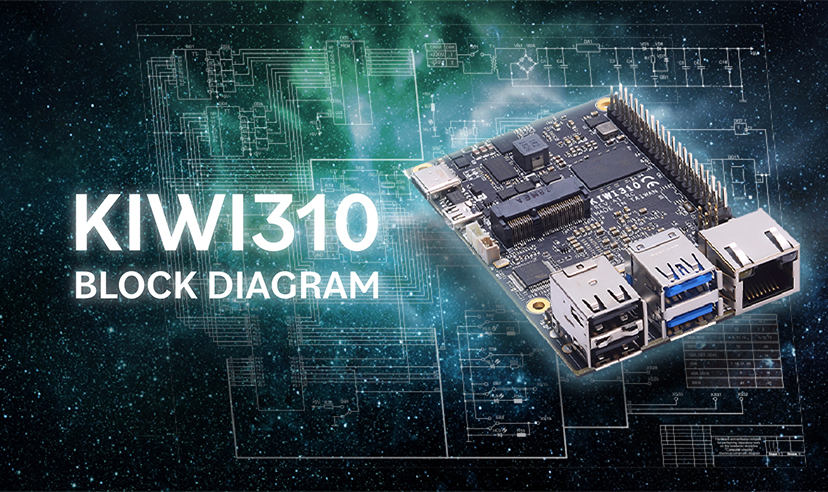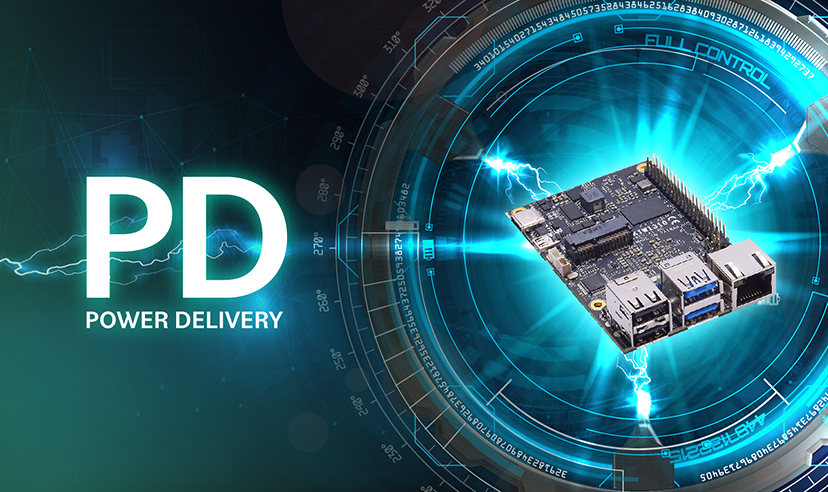
USB Type-C Complete Guide
The Birth of USB Type-C
USB-C is a modern connector for computing devices that handles data and power transfer in a single cable. Unlike traditional USB A and USB B connectors, USB Type-C is fully reversible, allowing it to be plugged in either way. This feature eliminates the inconvenience associated with older USB ports. For additional information about USB types, refer to our previous post.
Introduced by the USB Implementers Forum (USB-IF) in August 2014, USB-C has gained widespread adoption among PC manufacturers and other tech giants. USB-IF, comprising over 700 companies, including Apple, Dell, HP, Samsung, Microsoft, and Intel, oversees the development, certification, and promotion of the USB standard, ensuring compatibility across various devices.
USB Type-C is supported by a wide range of devices, including the latest phones, game consoles, and drones, highlighting its versatility and broad appeal in the tech industry. Notably, KIWI board also leads the industry products by incorporating USB Type-C, ensuring it stays at the forefront of connectivity standards.
.jpg)
KIWI310's USB Ports Description
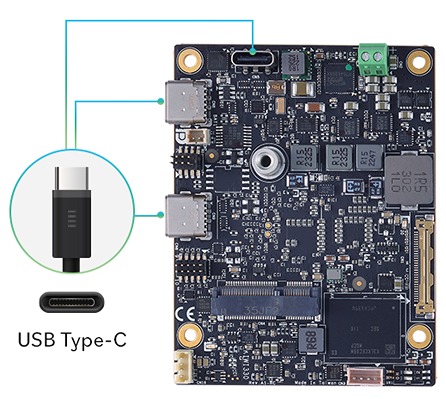
KIWI330's USB Ports Description
USB Type-C Interface Functions
Modern desktops, laptops, and industrial computers all use USB-C ports, enabling them to work with various peripherals. However, not all USB-C ports function the same way across different devices. Some computers use USB-C for charging, while others support multiple functions like charging, data transfer, video, and audio, as explained below.
- USB Type-C with Power Delivery (PD)
USB Type-C connectors are often associated with USB Power Delivery, allowing higher power delivery levels (up to 100W) than previous USB standards. This enables fast charging for smartphones, laptops, and other devices and possibly powers larger peripherals and docking stations.
- USB Type-C Alt Modes
USB Type-C connectors can support alternate modes, such as DisplayPort and Thunderbolt, allowing them to transmit video and audio signals in addition to data and power. This versatility makes USB Type-C connectors suitable for various applications, including external displays and high-speed data transfer.
- USB On-The-Go (OTG)
USB OTG specification allows specific mobile devices to act as hosts and peripherals using the same USB Type-C connector. This enables features like charging other devices, connecting USB accessories, and transferring data directly between devices without needing a host computer.
- USB Type-C Accessories
As USB Type-C became more widespread, various accessories and adapters were developed to connect USB Type-C devices to older USB standards (e.g., USB-A and USB-B). These adapters and cables allowed users to bridge the gap between legacy devices and the new USB Type-C standard.
For comprehensive information regarding the USB Type-C connectors in KIWI board models, please refer to the previous KIWI310 Block Diagram, KIWI330 Block Diagram .
Which USB charger should I use?
For the best performance with your KIWI boards, it's recommended to use the original PD Type-C adapter (FSP065-A1BR3, part number 509000000100). If you opt for a different power adapter, ensure it meets the KIWI board's power requirements, which are 9 to 20V and 3A.
To avoid potential issues, it's wise to test the charger or power adapter’s compatibility before purchasing. Using an incompatible one can pose serious risks and may damage your KIWI boards. While we can’t test every device, we’ve evaluated these samples to guide you.
- Xiaomi Fast Charger, Model: HA612 (This model only supports QC, not PD)
- Xiaomi Fast Charger, Model: HA716 (successor to HA612, supports PD).
- SAMSUNG Smartphone Fast Charger, Model: EP-TA800.
- ASUS Laptop Power Adapter, Model: ADL-65A1.
- SAMSUNG Tablet Fast Charger, Model: W16-030N1A.
- ASUS ROG Smartphone Fast Charger, Model: AD2130320
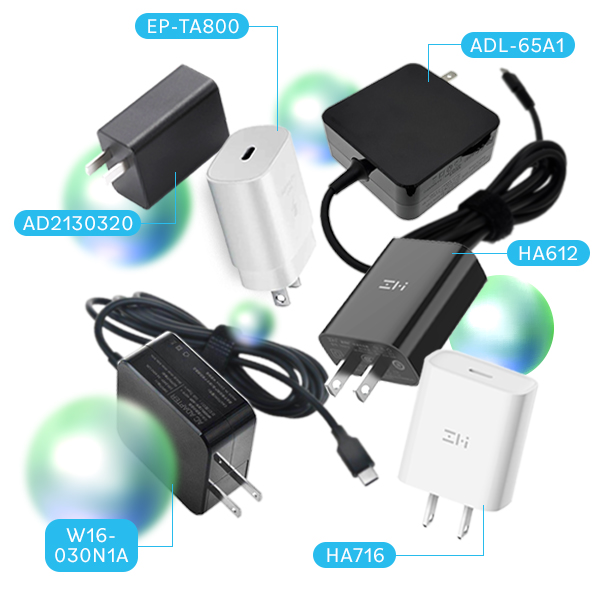
Power Adapters for Testing
The criteria used to evaluate the performance of the power adapters were successfully turning on the onboard power LED, booting up, and passing the 3D Mark test.
3D Mark test for KIWI310 with different Power Adapters
The first old model of the Xiaomi fast charger, which doesn't support Power Delivery (PD), was intentionally compared with other adapters that do have Type-C PD. The results were precise: the old Xiaomi charger couldn't boot up the KIWI boards even though it supports QC technology, while all the different adapters passed the tests successfully. If you're unsure which power supply to choose for your KIWI boards, you can purchase the original Type-C PD Adapter (FSP065-A1BR3, part number 509000000100).
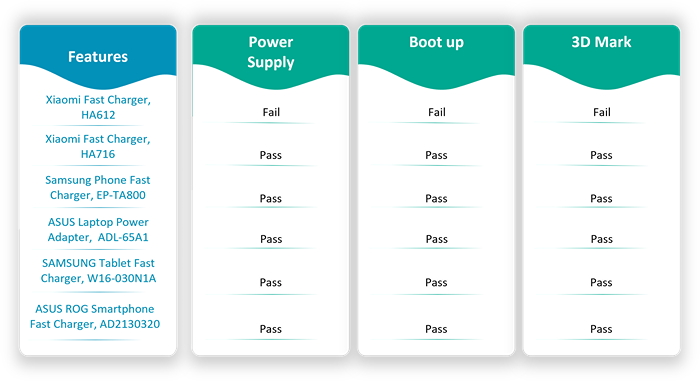
Results of Power Adapters tested with KIWI310
Why KIWI board Solutions?
KIWI boards integrate the highly versatile USB Type-C connector into their design, offering a simplified and improved user experience. Depending on the model, they support various functions on the USB Type-C connector, including power delivery for the power supply, alternative modes for display, and data transmission. Choosing KIWI boards with USB Type-C means investing in cutting-edge technology that meets current standards and is ready for future advances in connectivity.
About KIWI board
KIWI board is a complete solution provider, supporting all aspects of your project, from hardware to software to system integration, to keep your application running securely, reliably, and at peak performance. KIWI board builds its products for high reliability, performance, security, scalability, and versatility. So, customers can expect a long lifespan, quickly adapt to evolving system requirements, and adopt future technologies as they emerge.
Next steps
Ready to talk about your projects with a KIWI board expert? Contact us
Want to hear more from KIWI board? For our newsletter, Sign up
Or request a quotation
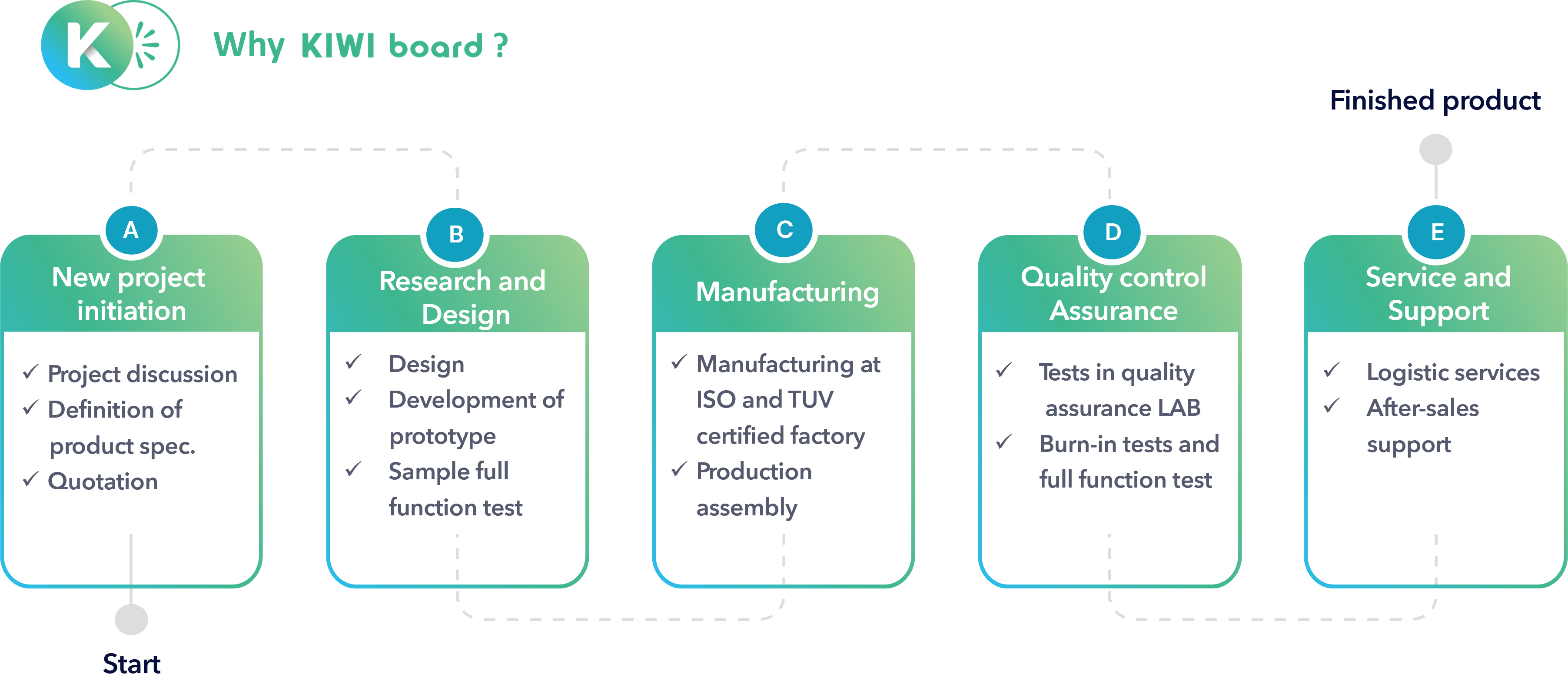
.jpg)




